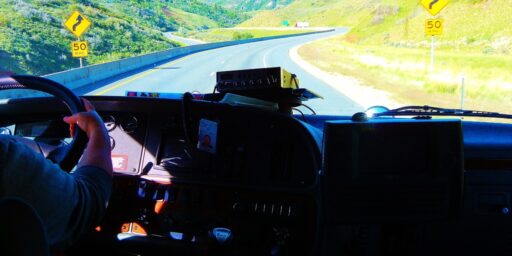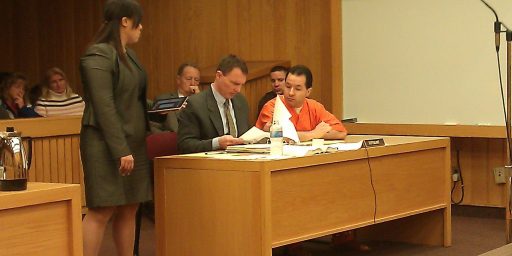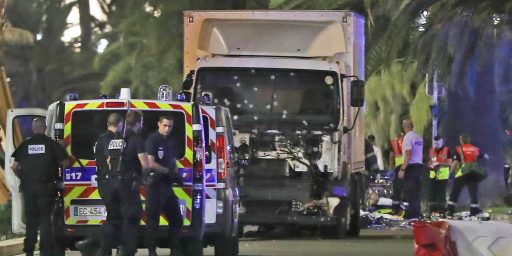The Right Tools To Fight Terror
David Ignatius notes the ridiculous oversimplification in the mainstream discourse:
In this election year, there’s no more sensitive topic than the investigation into the United States’ intelligence failures over Sept. 11, 2001, and Iraq. When these inquiries are done, I suspect they’ll show that most of the essential information was available at the time — but that nobody could connect the dots.
The CIA and FBI will take a hit for failing to see what was in front of their noses. The Bush administration should share the blame for ignoring or politicizing the facts that were known.
But the same critique could be made of every intelligence failure in history: How could the ancient Trojans have been so stupid as to take that wooden horse within their city walls, after all? The director of Trojan Central Intelligence should have been fired — or at least hauled before a congressional committee.
You can be sure, too, that there will be demands for more human intelligence, or “HUMINT,” meaning the recruitment of more spies on the ground who can steal the secrets that matter — that al Qaeda is planning to fly airliners into the World Trade Center, or that Iraq doesn’t have weapons of mass destruction, or that a suicide bomber is on his way to the gates of the U.S. compound in Baghdad.
The hue and cry for better HUMINT has been a refrain for the past two decades. This call for more and better spies is always correct, but it misses the point. The United States, for cultural and political reasons, is never likely to be very good at the HUMINT game. It has always done better manipulating other people’s spies than recruiting its own.
The rest of the column goes on to detail the U.S. comparative advantage in technology and to discuss some of the tools that will be coming online in the coming years to improve intelligence gathering. Of especial note:
I recently asked one of the Pentagon’s leading technologists whether he had anything in his bag of tricks that could make a difference as the United States tries to rebuild its intelligence capabilities. He answered by naming a program I’d never even heard of — something known as “space-based radar.”
“Think of the Earth illuminated by a second sun,” explained the technologist. The plan is that within about a decade, the United States will have 10 satellites or so in low-Earth orbit, each with a kind of radar that can track ground-moving targets. In theory, the radar would monitor a suspicious truck leaving, say, Tora Bora, Afghanistan; intelligence assets on the ground would instantly try to find out who’s in the truck (those assets could be human beings — or they could be airborne drones or a swarm of tiny sensors).
If that truck turned out to be carrying a military target, the radar would provide coordinates for attack. Short of aiming a missile, the radar would continue to collect data on the truck’s travels across the countryside.
While this sounds great, our problem isn’t so much in collecting data but in properly analyzing it and getting it through the myriad intelligence bureaucracies to the decision-makers in time. The gee whiz tools Ignatius describes are mainly useful if we have something particular in mind that we’re looking for; otherwise they just create more raw data to sift through.






And we think WE have information overload. Sheesh.
“If that truck turned out to be carrying a military target, the radar would provide coordinates for attack. Short of aiming a missile, the radar would continue to collect data on the truck’s travels across the countryside.”
Well. Isn’t that special. We have, or may soon have, the ability to track 3 billion trucks as they head for market at 6:00 a.m. The ability to distinguish between laborers, farm products, air conditioning units, normal smuggling activity and assorted weaponry would be, as they say, be priceless.
I hope they have a huge budget increase for people to peek in the back of the trucks.
—